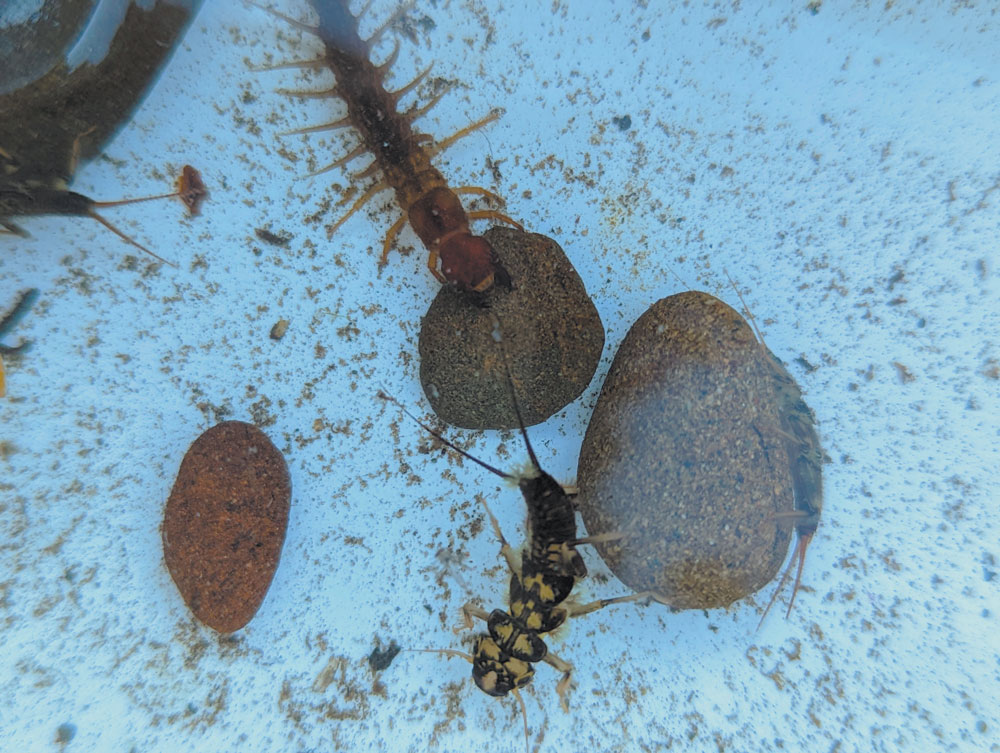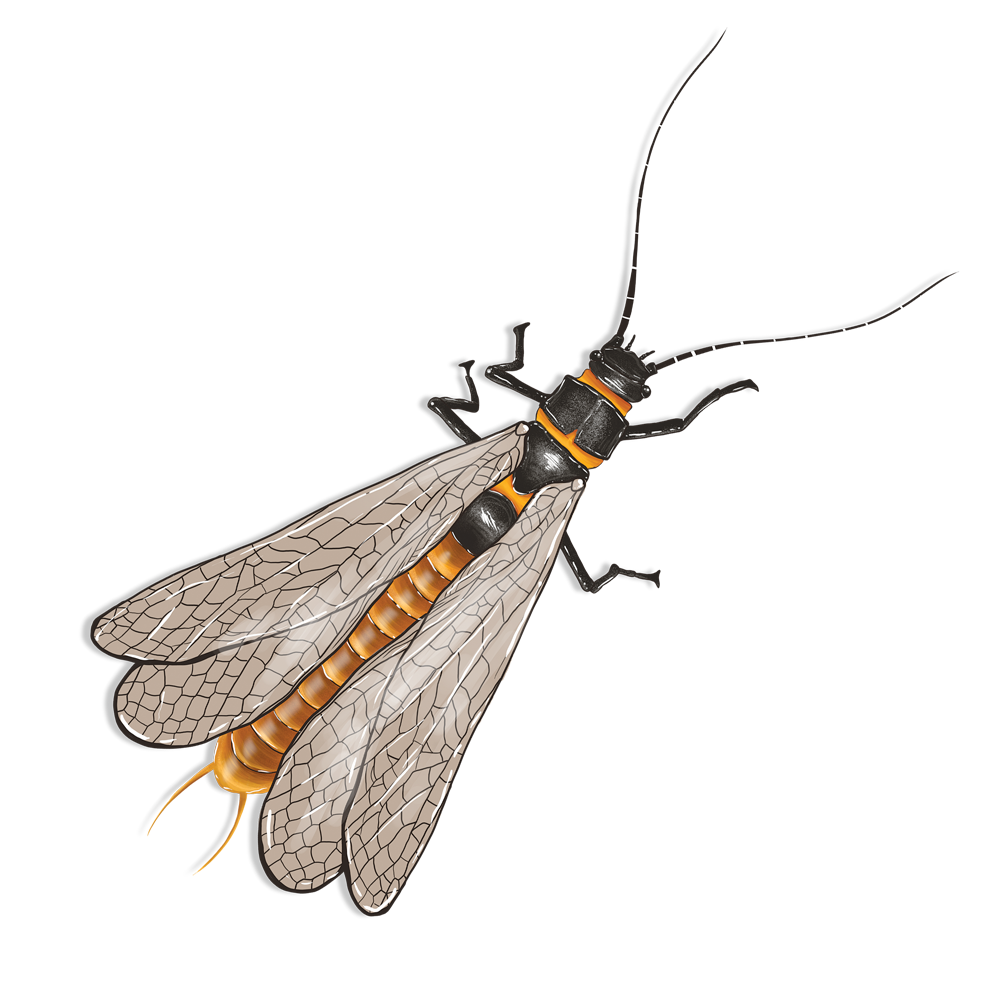Everyone Can Do Science! Nature Activities for Kids of All Ages

By Taylor Faye Benedict, Environmental Education Coordinator for Friends of the Lost Coast.
As an Environmental Educator, I’ve been able to bring environmental science to life for youth throughout the Lost Coast with the resounding message: Everyone can do science! I make sure that students know every day is an opportunity to “take chances, make mistakes, get messy,” as my teaching role model, Miss Frizzle, would say.
Today, I’d like to introduce you to one of my favorite activities: “River Buddies.” If you live near a river, you can try this at home!
If you were hired to assess the health of a river, how would you do it? Maybe you would use your senses to look for an algae overgrowth, count the number of different fish you find, or even take water samples to look at in a lab. In “River Buddies,” kids (and adults!) investigate their local waterways and learn the basics of water-quality monitoring. Did you know water bugs with no backbones (called macroinvertebrates) can give us clues about water quality or pollution? Some of them are very sensitive to pollution and cannot live in rivers or streams with low water quality. They need cold, deep, oxygen-rich, freely flowing water, whereas other critters like mosquito larvae, aquatic worms, or leeches can tolerate shallow, warm, oxygen-depleted water.

Because these living things are indicating (or telling us about) water quality, we can say these macroinvertebrates are bioindicators. [Bioindicators are living organisms such as plants, planktons, animals, and microbes, which are utilized to screen the health of the natural ecosystem in the environment. They are used for assessing environmental health and biogeographic changes taking place in the environment.]
Take a trip to your local river in spring or fall and see what critters you can find! What are they telling you about your water quality? You can use an aquarium net and small collection containers to scoop up your macroinvertebrate friends and observe them. Be sure to keep them in water so they can breathe, treat them gently, and put them back where you found them once you’ve had a chance to check them out. If you find stonefly, caddisfly, mayfly, or other larvae that have a low tolerance to pollution, that’s a good sign that the river is happy and healthy! Many of these aquatic larvae will go through metamorphosis, just like a caterpillar, and grow up to be something with wings. Keep checking in at your river spot to see how the species change through the seasons.
For more information: lostcoast.org

